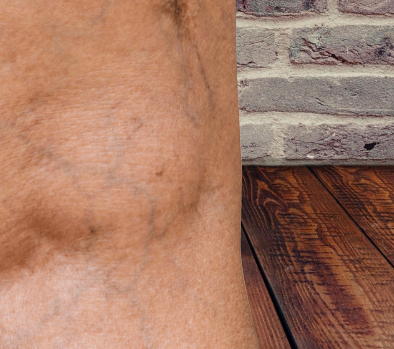What is a baker's cyst behind knee? - Pictures, Symptoms, Causes, Rupture, Removal
The human knee is the largest and most powerful joint in the entire body. It is made composed of the patella (kneecap), upper end of the tibia, and lower end of the femur (thighbone). Where the ends of bones come together to form a joint, an elastic, smooth tissue called articular cartilage wraps and shields the ends.
The synovial fluid, a transparent fluid that fills the knee joint, serves as a lubricant and helps to lessen friction in the joint. Bursa are small fluid-filled sacs that act as a cushion for the joint and serve to minimize rubbing between the muscles and other adjacent structures.
What is a baker's cyst behind knee?
A fluid-filled sac that forms at the back of the knee is referred to as a Baker's cyst. This type of cyst is also termed as popliteal cyst. The cyst presents as a lump or protrusion behind the knee, which may be painful or tender to the touch or when the knee is flexed. Additionally, it may result in stiffness, swelling, and a restricted range of mobility in the knee joint.
The cyst develops when the sac located behind the knee becomes enlarged due to the accumulation of synovial fluid. Inflammatory disorders, including arthritis or a torn meniscus, can lead to this problem in the knee.
Baker's Cyst Behind Knee Pictures

Baker's Cyst Behind Knee Symptoms
The symptoms of a Baker cyst are frequently non-existent. Most of the time, a cyst will just show up on a diagnostic test, like an MRI, that was done for something else. Possible signs and symptoms include:
- Having discomfort at the back of the knee
- stiffness in the knee
- A feeling of tightness or swelling behind the knee, particularly when the leg is stretched.
- A lump behind the knee that disappears when you bend your knee
- When exercising or standing for a prolonged period of time, these symptoms frequently worsen.
Baker's Cyst Behind Knee Rupture
On rare occasions, a Baker's cyst may rupture (burst), causing fluid to seep into the calf. This results in intense pain in the calf, which becomes swollen, tight, and red; however, the redness may be less noticeable on brown or black skin.
Over the course of a few weeks, the fluid will be progressively reabsorbed by the body. Rest and elevation (raising the inflamed calf) are the suggested treatments for ruptured cysts.
The majority of cases of ruptured Baker's cysts will heal over time. A physician may advise a patient to accelerate the healing process by elevating the afflicted leg as much as possible or by applying heat packs to the area. They might also recommend painkillers.
Baker's Cyst Behind Knee Treatment/Removal
In some instances, a Baker's cyst may be drained (aspirated). However, aspiration may not be an option for long-term (chronic) cysts due to the thick fluid trapped within them.
Baker's cysts, unlike other varieties of cysts, are difficult to surgically remove because they lack a lining.
If your knee joint has been severely damaged by an injury or a condition like osteoarthritis, you may require surgery to restore it.
Typically, arthroscopy, a kind of keyhole surgery, is employed. The surgeon will examine the interior of your knee joint using an arthroscope. To make repairs, the arthroscope can be used in conjunction with small surgical tools.
 Reviewed by Simon Albert
on
April 25, 2023
Rating:
Reviewed by Simon Albert
on
April 25, 2023
Rating:











